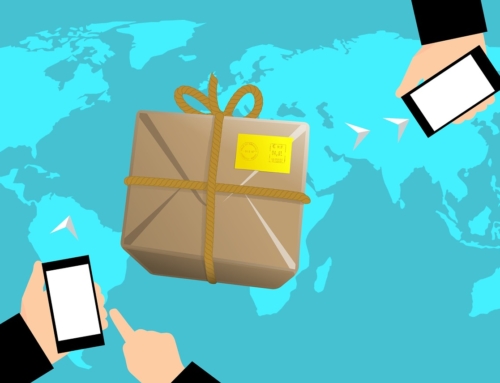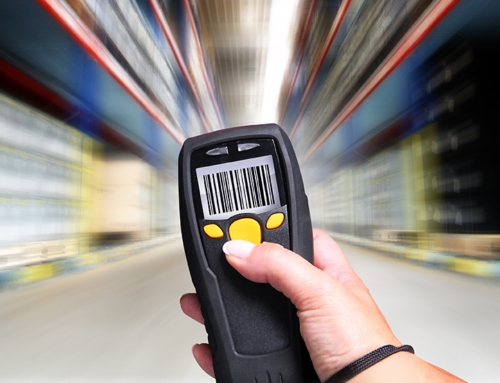The 2016 eCommerce holiday shopping season sales are expected to grow another 17 percent year over year, according eMarketer, which means even more wrong color, wrong size sweaters are going to end up being gifted to recipients who hope dearly that they’ll be able to return or exchange them quickly.
Unfortunately, most eCommerce companies have spent so much time and effort trying to be as fast and efficient as possible at getting those orders out that they’ve almost completely ignored their reverse logistics divisions and demands.
How Prioritizing Reverse Logistics Improves Your Bottom Line
Reverse logistics is more than simply taking a bunch of items back into the warehouse and tossing them back into the bins. There’s a lot that has to happen before those pieces of merchandise can be labeled re-sellable.
Returns can be a slow process, in part because there hasn’t been the same amount of effort spent to really build good systems for handling the complexity that comes with returns management.
A good reverse logistics system will:
- Uncover damaged goods. Although most returns will come back in good shape, some will be ruined, stained, melted or otherwise broken. These damaged goods will have to be sorted out of the goods that are ready to be put back into the warehouse or onto the sales floor right away so that they can be sent to be refurbished or for disposal.
- Discover fraudulent returns. Sometimes, customers send the wrong items back, either on purpose or on accident. When a computer case comes back to your store without the internal workings, this is a major problem that needs to be discovered right away—and that’s the sort of problem that reverse logistics handles swiftly and with tact.
- Check for recalls or expiration dates. Since items that have been away from inventory may have missed out on recalls or disposal due to expiration, your reverse logistics arm will always check for these before moving otherwise sellable products along. Recall management is important. Recalls must be addressed according to law and expired products will have to be disposed of accordingly.
- Determine disposal options. Many products requiring disposal will come in. Out of season clothing, electronics that are DOA and expired cosmetics must be handled efficiently and in a way that costs you the least (in money, time and people-hours). For example, clothing may be donated or sold through a discount retailer to recoup some of your costs, electronics scrapped for metal and cosmetics put into an appropriate landfill, depending on the items involved.
When reverse logistics aren’t a priority, these time-consuming steps can add to customer frustration on the back end as they wait for a credit toward a future purchase from your store. Since many shoppers buy more than their credit is worth after a return, it can pay in lots of ways to invest in an efficient returns management partner to handle your incoming inventory.






Leave A Comment